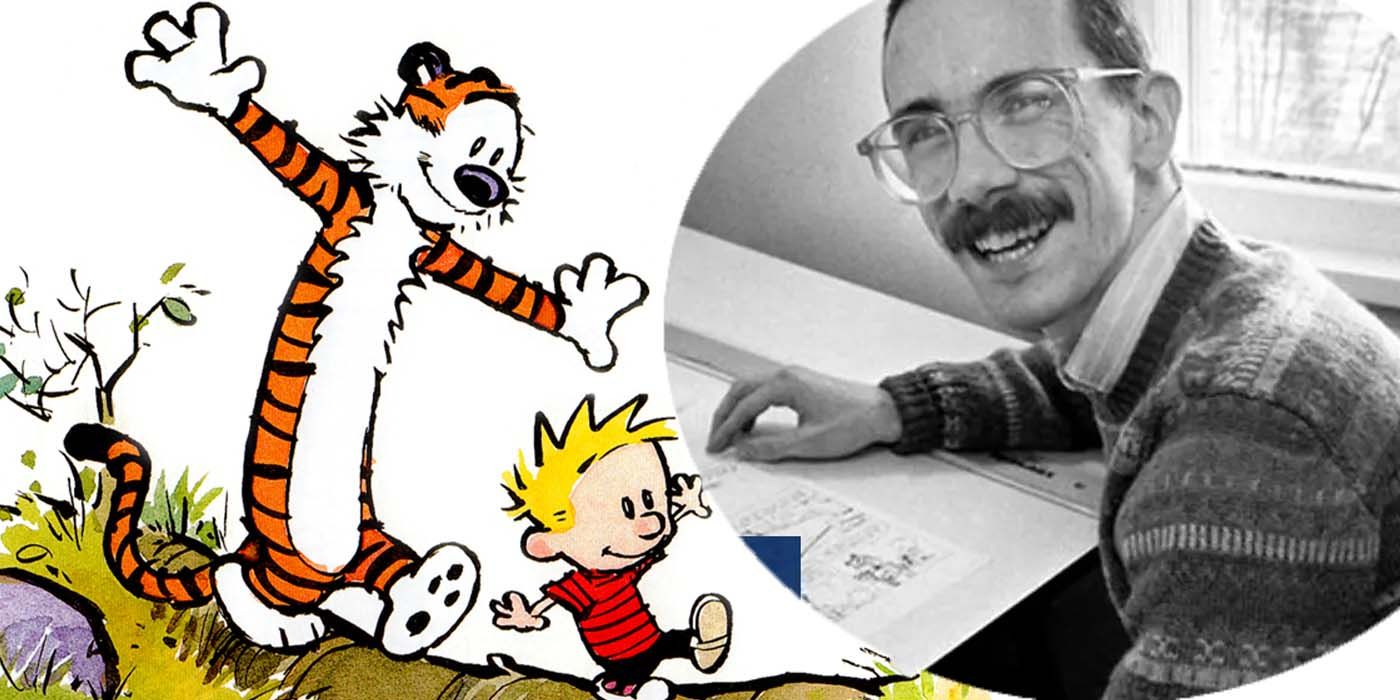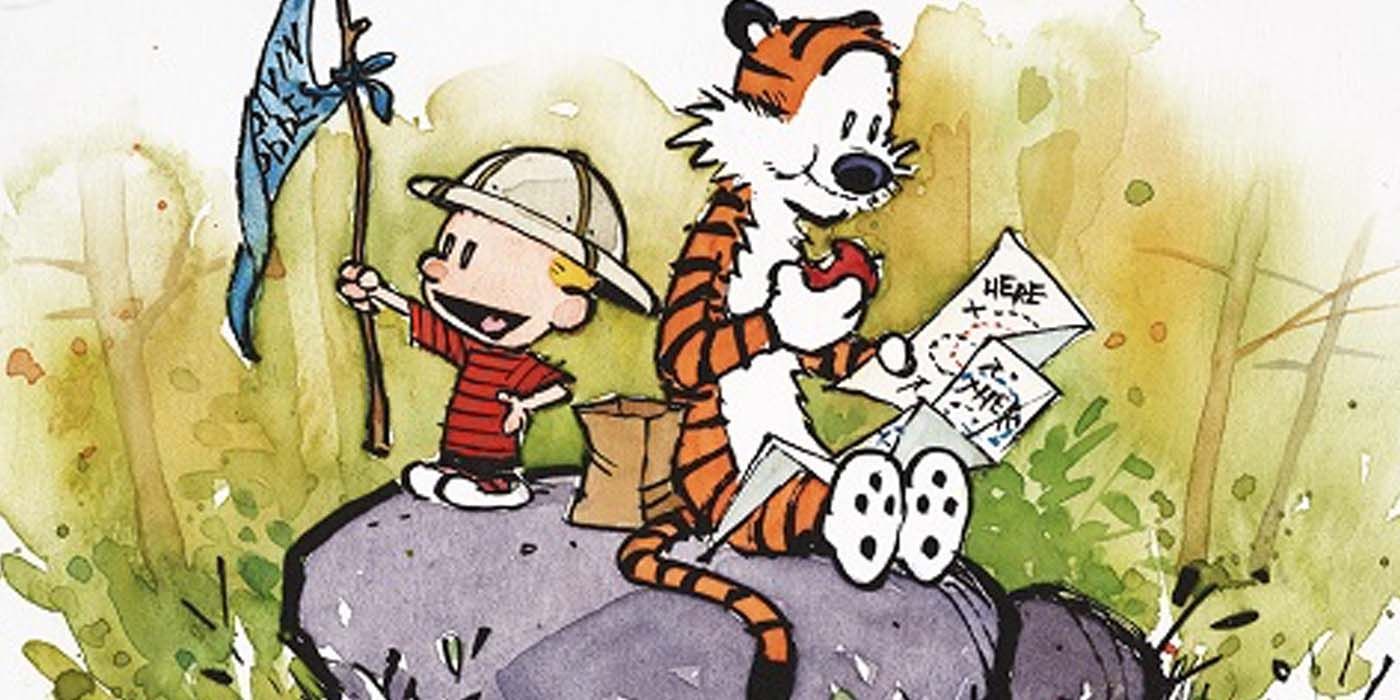While Calvin and Hobbes have become household names, as readers of the popular comic strip associate the names with the youngster and his stuffed tiger, cartoonist Bill Watterson actually named the characters after real-life figures. According to Watterson, Calvin is named after 16th-century theologian John Calvin, while Hobbes is named after the philosopher Thomas Hobbes. However, the names appear to be just nods, with each figure not necessarily truly representing Calvin and Hobbes' personalities or motivations.
Bill Watterson's motivation for naming Calvin and Hobbes has been touched on occasionally - most notably in the book, Looking for Calvin and Hobbes: The Unconventional Story of Bill Watterson and his Revolutionary Comic Strip. Watterson was said to have named Calvin after John Calvin, the 16th-century French theologian, and Protestant. Meanwhile, Calvin's friend Hobbes was named after the philosopher Thomas Hobbes, who had little faith in people and democracy. However, who they were named after doesn't appear to reflect on either character's beliefs. Instead, Watterson said the names reference his former alma mater's political science department.
Bill Watterson Naming Calvin and Hobbes Ties Into His Own History
Bill Watterson's Calvin and Hobbes comic strips have never shied away from tackling philosophical issues as the cartoonist often embedded his stories with important questions about life, meaning, and existence through the eyes of a six-year-old and his stuffed tiger. Considering Watterson majored in political science and had a passion for philosophy, it's easy to see how themes from those topics have subtly seeped through in his work, as even the reason he named the titular characters Calvin and Hobbes are rooted in his own education and history.
For those who are or aren't fans of John Calvin or Thomas Hobbes' work, Watterson's reasoning for naming Calvin and Hobbes after the two real-life figures wasn't a direct reference to their writings or beliefs, but more an acknowledgment of their importance in the space of philosophy and political science. So, for those who read into Hobbes believing the same things as Thomas Hobbes did are probably jumping to conclusions as the references are in name only.
So yes, Calvin and Hobbes' names were inspired by real-life philosophical figures, as John Calvin and Thomas Hobbes are the direct influences behind the youngster and his stuffed tiger's names. However, Watterson only gave them the names as a nod to his own education, not because he thought Calvin and Hobbes were meant to embody the mindsets and doctrines of Thomas Hobbes or John Calvin in the comic strip.


